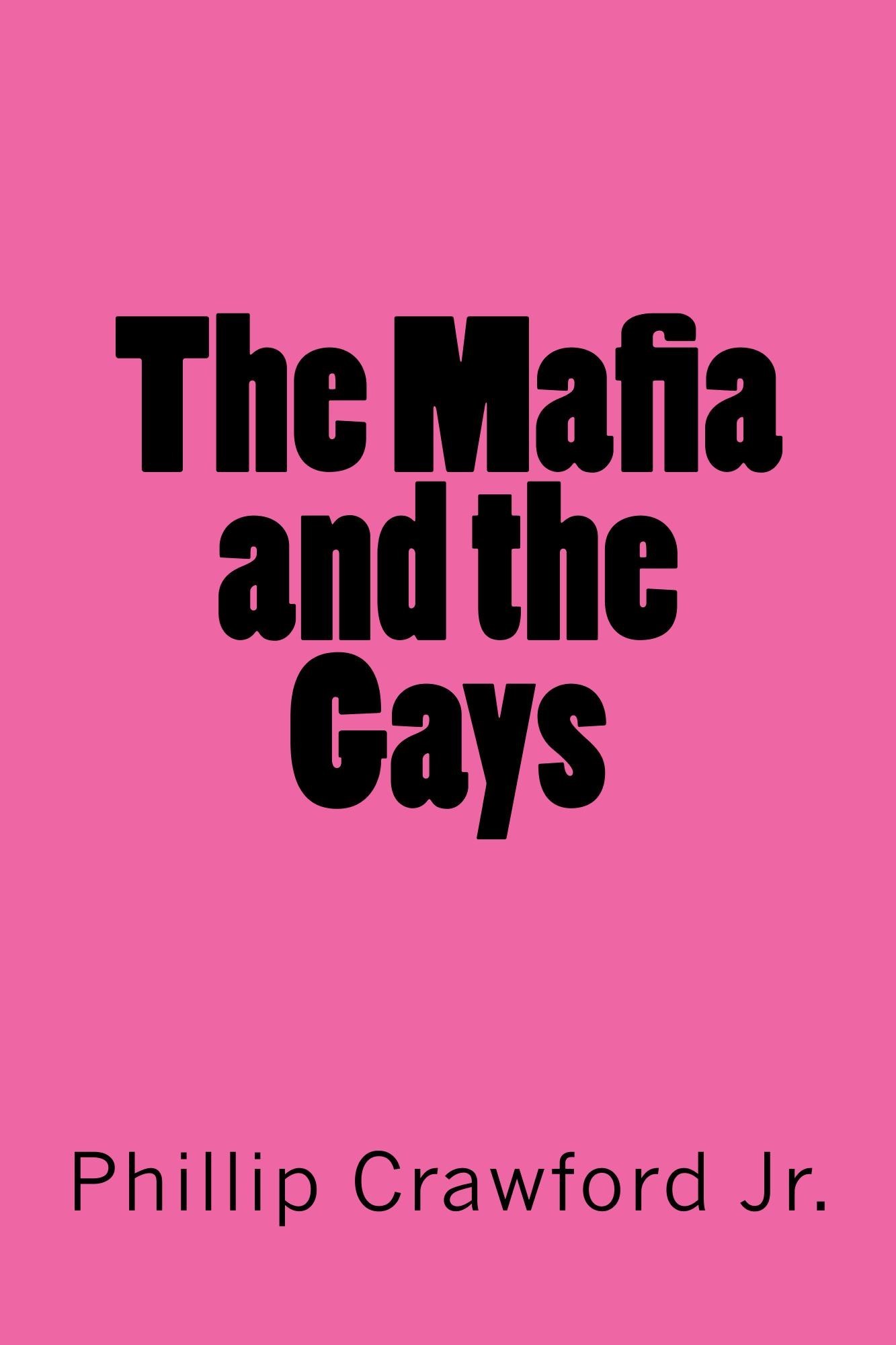By Phillip Crawford Jr.
In celebrating LGBTQ Pride this June, when so much of the world has embraced equality, it’s difficult to imagine that illicit bars run by the Mafia once were one of the few gathering places for gays and lesbians.
In The Mafia and the Gays, author Phillip Crawford Jr. meticulously documents how the mob once had a near-monopoly on gay bars for decades in New York and Chicago, relying upon an extensive collection of primary sources including FBI files, many of which were not publicly available until acquired by the author through the Freedom of Information Act.

Crawford illustrates how the gay bars historically were integrated into the Mafia rackets. For example, the establishments often were financed through mob-tied coin-op vendors and their related loan companies.
Jukebox king Alfred Miniaci funded dozens of gay bars and other joints controlled by the Mafia in the 1950s and 1960s, including the Peppermint Lounge.
Miniaci supplied slot machines in the 1930s to Frank Costello and had dined with the mob boss on the May 2, 1957 night he was shot.
Gay bars sometimes served as drug drops. Forget about the pizza connection; this was the pansy connection.
Club 82 in New York’s East Village was a popular club with drag revues, and in the 1950s was also part of the distribution network in the Genovese family’s heroin trade for which boss Vito was convicted in 1959.
Gay bars were profit centers for all the Mafia families. Among the powerful mobsters who oversaw vast interests in LGBT nightlife were Gambino underboss Aniello Dellacroce, Genovese capo Matty “the Horse” Ianniello, Colombo underboss John “Sonny” Franzese Sr. in New York, and Joseph “Caesar” DiVarco, who ran the Rush Street crew on the Near North Side for the Outfit in Chicago.
The Mafia had ties to some of the most iconic gay establishments, including the Continental Baths in the Hotel Ansonia from 1969 to 1976 on the Upper West Side, which received protection from the Colombo family in exchange for installing its vending machines.
Continental owner Steve Ostrow, a classically-trained opera singer, developed such close ties with Joe Colombo that he was performing “The Star-Spangled Banner” at the June 29, 1970 Italian-American Unity Day rally in Columbus Circle when the mob boss was shot.
The LGBT community once was married to the mob out of forced necessity, but after gay bars became legal, the relationship often continued in many establishments out of mutual convenience well into the 1980s.
Gay bars no longer were busted simply for homosexual assembly, but they still risked raids if serving as sex clubs or drug drops.
Accordingly, the mob still had both services to provide and protection to offer, particularly during the party decades following the Stonewall riots.
If a bar had a back room for anonymous sex, operated after hours, or sold drugs or boys, then odds are it was a Mafia joint, and that involved numerous places during the 1970s and 1980s.
Indeed, the Mafia hijacked gay liberation for political cover and used so-called Auntie Gays – the Uncle Toms of the gay community – as frontmen for their bars to evade suspicion.
The wiseguys allegedly even infiltrated the Christopher Street Liberation Day Committee and Christopher Street Festival Committee, which ran New York City’s gay pride parade and some related events for much of the 1970s and 1980s.
Over the decades there has been a fair number of gay guys in the mob’s ranks, including cross-dressing Genovese soldier Little Davey Petillo, who once was a boy prostitute; hitman Vito Arena from Roy DeMeo’s Gambino crew; and DeCavalcante boss John D’Amato.
–
Comments welcome.
Posted on June 9, 2020


